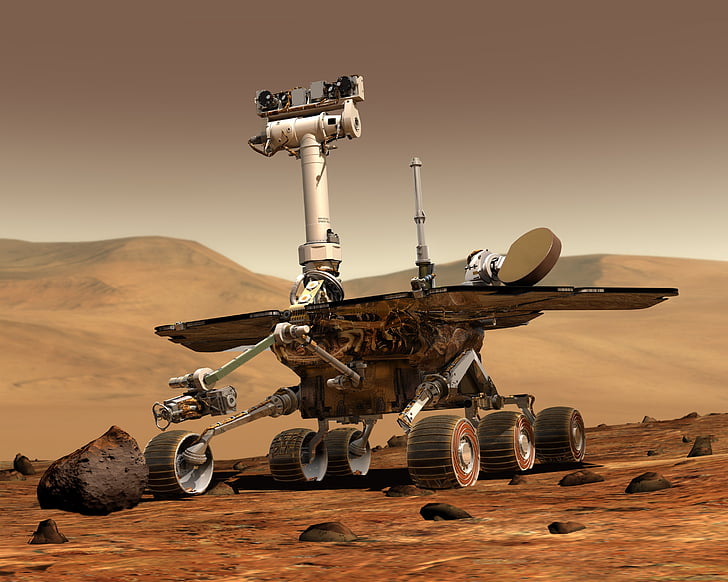NASA‘s Curiosity rover captured images of ripple-like formations in an ancient Martian lakebed. This discovery offers strong evidence that liquid water existed on Mars’ surface for longer than previously thought. Published on January 15 in Science Advances, the study shows that not all Martian water was trapped beneath ice. This finding contradicts earlier climate models. The wave ripples formed in shallow, open lakes. They prove that liquid water once interacted with the Martian atmosphere. This reshapes our understanding of Mars’ history.
Ancient Water on Mars: A Breakthrough Discovery
Scientists have long debated how water existed on Mars. NASA’s Mariner 9 mission in the 1970s found dry gullies, hinting at a wetter past. Many theories said surface water froze under ice before disappearing. The new findings challenge this view.
The ripples, found in Gale Crater, likely formed from wind-driven waves in open lakes about 3.7 billion years ago. The ripple heights measure about 0.2 inches (6 millimeters), with spacing of 1.6 to 2 inches (4 to 5 centimeters). This suggests the lakes were shallow, less than 6.5 feet (2 meters) deep. Claire Mondro, a sedimentologist at CalTech and lead author, explained, “The shape of the ripples could only form under water open to the atmosphere and shaped by wind.”
Implications for Life on Mars
The longer presence of liquid water raises the chances that Mars supported microbial life. If water stayed liquid longer, conditions for life improved. Mondro added, “Extending the time liquid water was present expands possibilities for microbial habitability later in Mars’s history.”
Despite this, Mars lost most of its atmosphere and surface water after losing its magnetic field. Scientists believe solar radiation stripped away carbon dioxide and water, turning Mars into the dry desert we see today.
This discovery is a major step in understanding Mars’ climate and geology. As Curiosity and other rovers explore the planet, they may reveal more about Mars’ habitability. Future missions aim to find additional proof of Mars’ watery past and its potential to host life.


